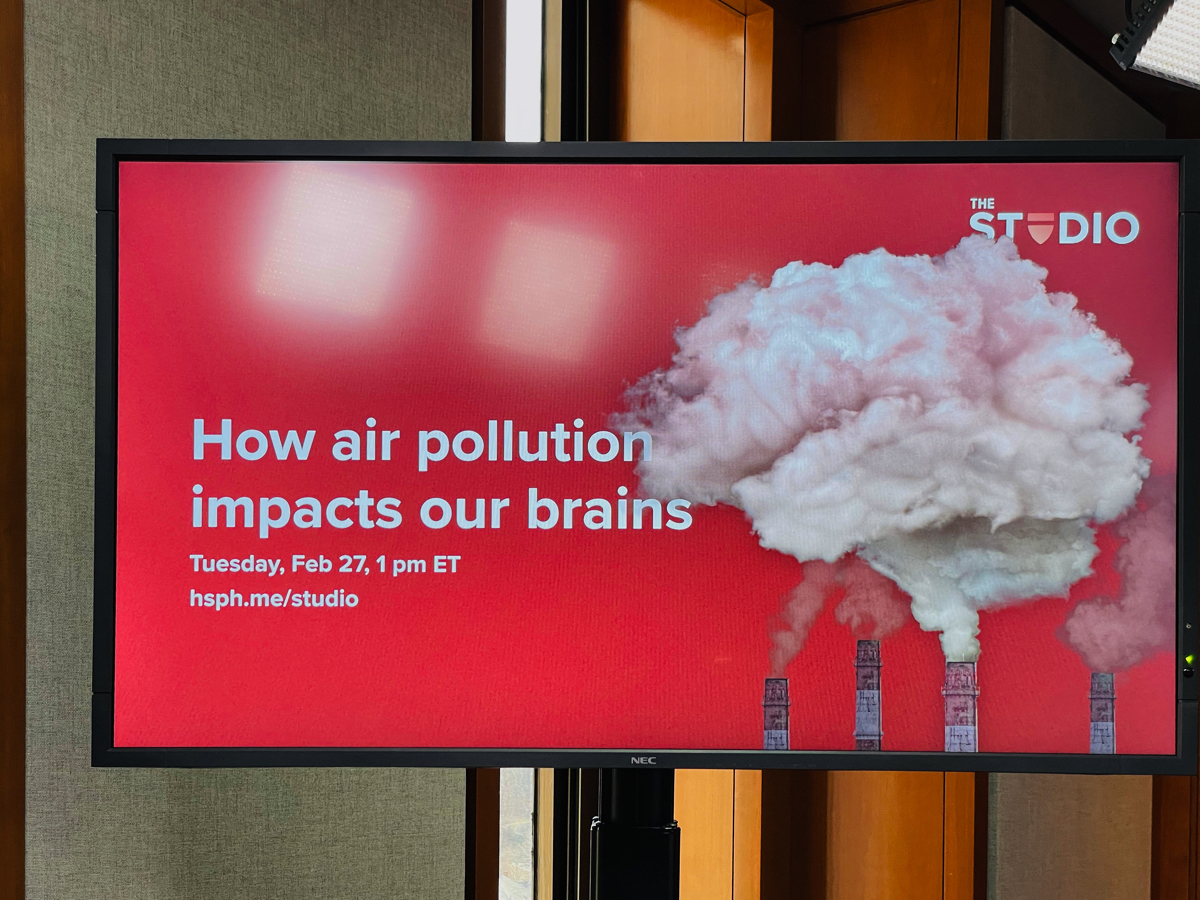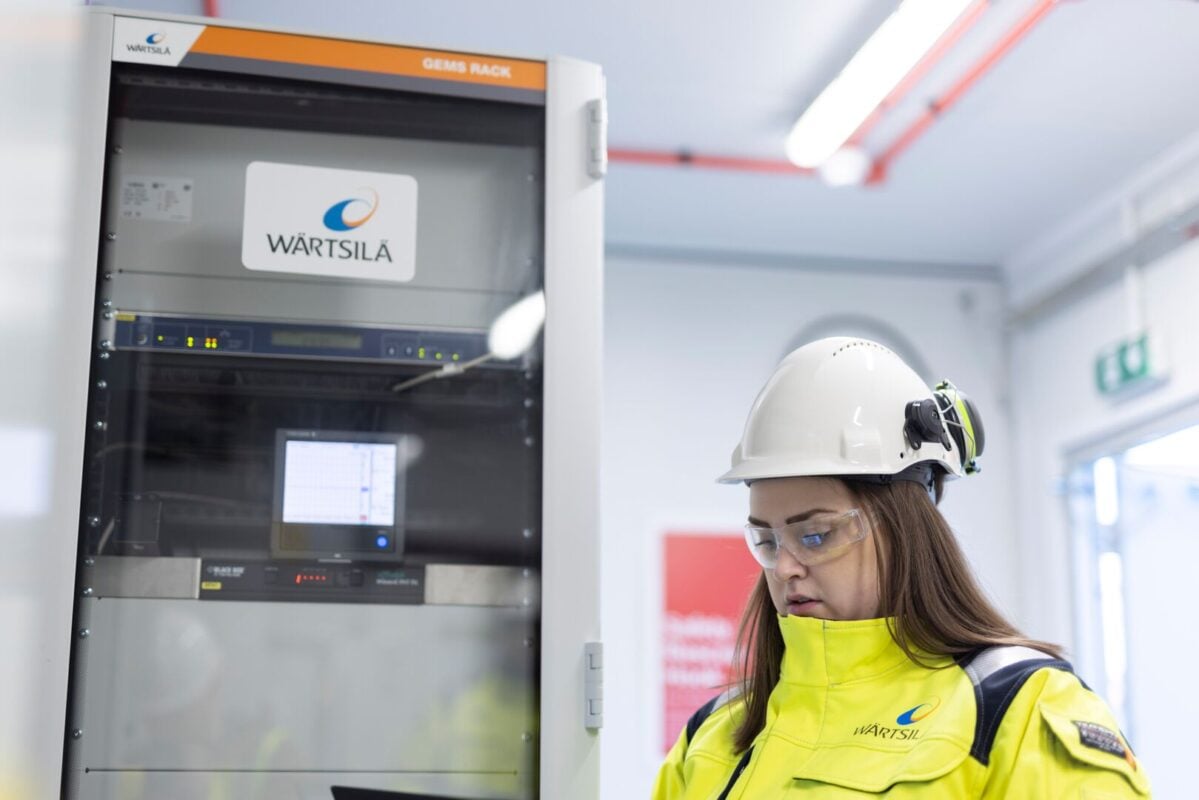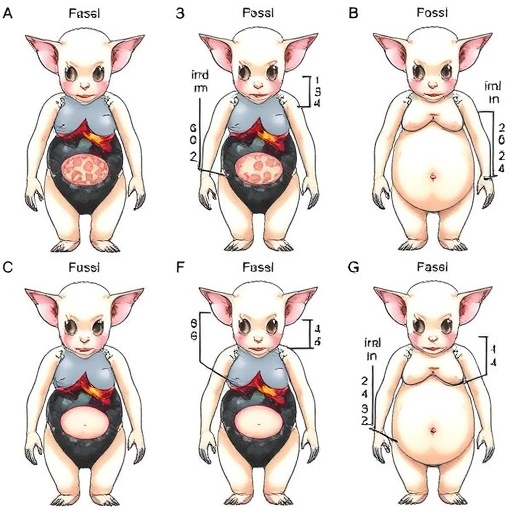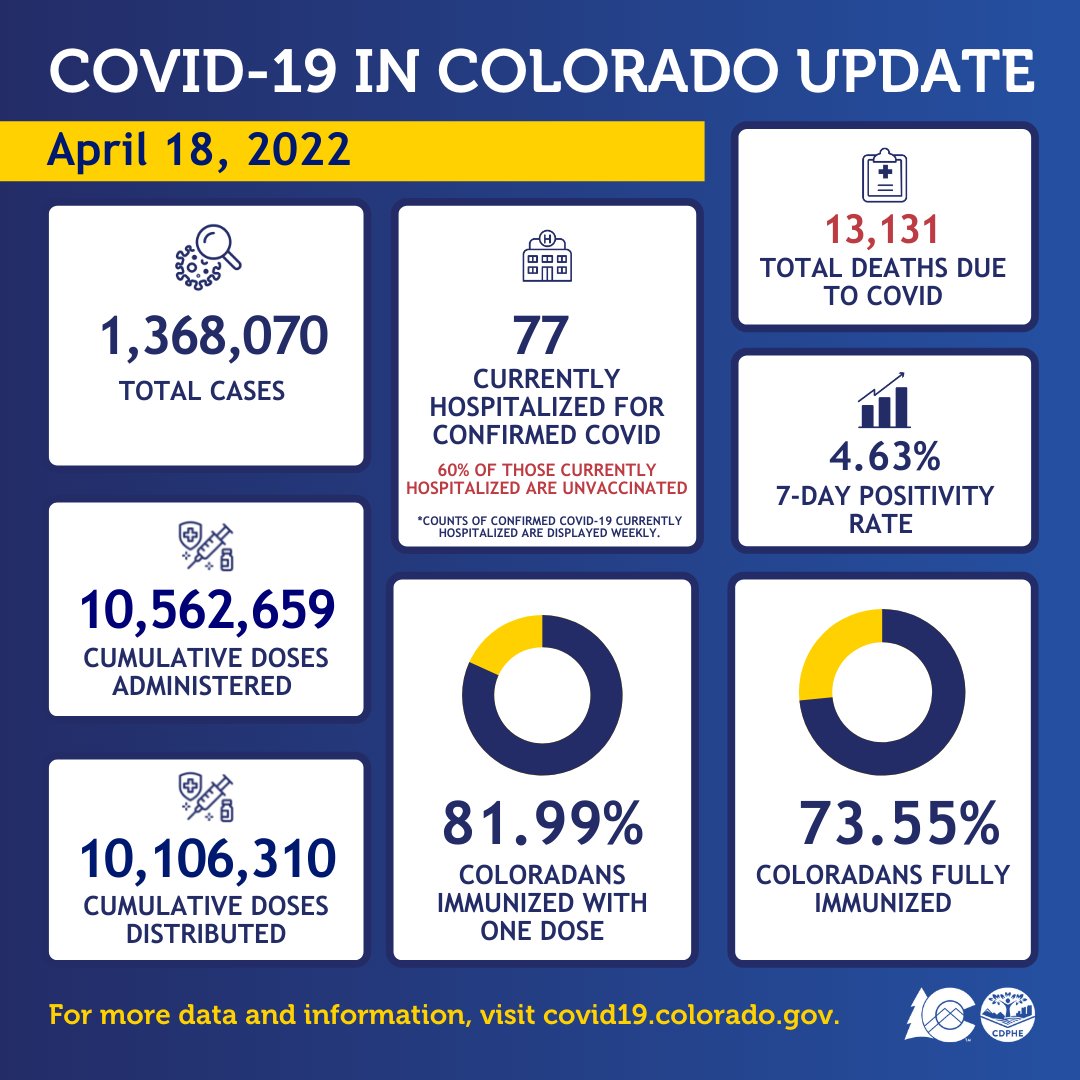There’s a link between pollution and bleeding in the brain – futurity.org

Report on the Association Between Air Pollution and Cerebrovascular Health
Introduction
Recent research has established a significant association between exposure to fine particulate air pollution (PM2.5) and an increased risk of aneurysmal subarachnoid hemorrhage (aSAH), a severe form of brain bleed. This finding has profound implications for public health strategies and directly aligns with the objectives of the United Nations Sustainable Development Goals (SDGs), particularly those concerning health, sustainable cities, and environmental protection.
Research Synopsis and Key Findings
Methodology
A retrospective study was conducted to analyze the link between air quality and cerebrovascular incidents. Key parameters of the study include:
- A cohort of 70 patients treated for aSAH at the University of Utah Hospital over a five-year period.
- The study area was Utah’s Wasatch Front, a region known for significant PM2.5 pollution, especially during winter inversions.
- Researchers reviewed nearly 13,000 data points, correlating patient admissions for aSAH with PM2.5 levels in the preceding days, weeks, and months.
Primary Results
The study revealed a delayed correlation between pollution exposure and health impact. Contrary to the initial hypothesis of a short-term effect, the findings indicated:
- A heightened risk of aneurysmal rupture was observed three to six months following exposure to peak PM2.5 levels.
- This temporal lag presents challenges for studying the association but underscores the long-term physiological damage caused by air pollutants.
- The research highlights the severe health risks posed by PM2.5, which consists of inhalable particles capable of causing systemic damage beyond the respiratory system.
Implications for Sustainable Development Goals (SDGs)
SDG 3: Good Health and Well-being
The study’s findings are critically relevant to SDG 3, which aims to ensure healthy lives and promote well-being for all. The research directly supports:
- Target 3.9: By 2030, substantially reduce the number of deaths and illnesses from hazardous chemicals and air, water, and soil pollution and contamination. The link between PM2.5 and aSAH provides clear evidence of the mortality and morbidity caused by air pollution.
- Public Health Awareness: Understanding the specific neurological risks, such as aSAH, associated with poor air quality is vital for developing targeted public health campaigns and preventative strategies.
SDG 11: Sustainable Cities and Communities
The urban setting of the study (Salt Lake City-Provo-Orem area) connects the findings directly to SDG 11, which focuses on making cities inclusive, safe, resilient, and sustainable.
- Target 11.6: By 2030, reduce the adverse per capita environmental impact of cities, including by paying special attention to air quality. The research demonstrates the urgent need for cities to manage and improve air quality to protect citizen health.
- Policy and Infrastructure: The results advocate for policy changes such as stricter pollution regulations and investment in sustainable infrastructure like public transportation to mitigate the sources of PM2.5.
Recommendations and Future Directions
To address the public health crisis identified in the research and advance the SDGs, the following actions are recommended:
- Promote Public Awareness: Disseminate information regarding the long-term cerebrovascular risks of air pollution to encourage behavioral changes and support for clean air policies.
- Strengthen Environmental Regulations: Implement and enforce stricter daily pollution quotas for industries and transportation to reduce ambient PM2.5 levels.
- Expand Research Funding: Allocate greater resources for environmental health studies to better understand the mechanisms of pollution-induced diseases and to assess risks in diverse geographical regions.
Which SDGs are addressed or connected to the issues highlighted in the article?
-
SDG 3: Good Health and Well-being
- The article directly connects a specific environmental hazard, air pollution (PM2.5), to a severe health outcome, aneurysmal subarachnoid hemorrhage (aSAH). It discusses the high risk of death and disability associated with aSAH and frames the issue as a “public health risk,” aligning with the goal of ensuring healthy lives.
-
SDG 11: Sustainable Cities and Communities
- The research is centered on an urban area, Utah’s Wasatch Front (specifically the Salt Lake City-Provo-Orem area), which is noted for its poor air quality. The article highlights the need to reduce the environmental impact of cities by suggesting solutions like “incentivizing public transportation use” and “stricter daily pollution quota regulations” to improve urban air quality.
What specific targets under those SDGs can be identified based on the article’s content?
-
SDG 3: Good Health and Well-being
- Target 3.9: By 2030, substantially reduce the number of deaths and illnesses from hazardous chemicals and air, water and soil pollution and contamination.
- The article’s core focus is on the association between air pollution (PM2.5) and aSAH, a condition that can cause death and disability. The research aims to understand and alert people to these health risks, directly contributing to the goal of reducing illnesses from air pollution.
- Target 3.9: By 2030, substantially reduce the number of deaths and illnesses from hazardous chemicals and air, water and soil pollution and contamination.
-
SDG 11: Sustainable Cities and Communities
- Target 11.6: By 2030, reduce the adverse per capita environmental impact of cities, including by paying special attention to air quality and municipal and other waste management.
- The article explicitly discusses the poor air quality in the Salt Lake City-Provo-Orem urban area, which is “beset with high levels of fine particulate pollution (PM2.5).” The study’s call for stricter pollution regulations and promotion of public transport are direct strategies to reduce the adverse environmental impact of the city by improving its air quality.
- Target 11.6: By 2030, reduce the adverse per capita environmental impact of cities, including by paying special attention to air quality and municipal and other waste management.
Are there any indicators mentioned or implied in the article that can be used to measure progress towards the identified targets?
-
For Target 3.9
- Indicator (Implied): Number of deaths and illnesses attributable to air pollution.
- The study investigates the “higher rates of aneurysmal rupture” following peaks in air pollution. Tracking the incidence of aSAH and other cerebrovascular diseases in relation to pollution levels serves as a measure of the health burden from poor air quality, aligning with the official indicator 3.9.1 (Mortality rate attributed to household and ambient air pollution).
- Indicator (Implied): Number of deaths and illnesses attributable to air pollution.
-
For Target 11.6
- Indicator (Mentioned): Annual mean levels of fine particulate matter (PM2.5).
- The article explicitly and repeatedly refers to this indicator. The study used “nearly 13,000 data points to determine PM2.5 levels,” and it cites the American Lung Association’s ranking of the Salt Lake City area for “short-term PM2.5 pollution.” This is a direct use of the official indicator 11.6.2.
- Indicator (Mentioned): Annual mean levels of fine particulate matter (PM2.5).
SDGs, Targets, and Indicators Analysis
| SDGs | Targets | Indicators |
|---|---|---|
| SDG 3: Good Health and Well-being | Target 3.9: Substantially reduce the number of deaths and illnesses from hazardous chemicals and air, water and soil pollution and contamination. | Implied: Number of deaths and illnesses from aSAH attributable to air pollution. The article studies the “higher rates of aneurysmal rupture” following pollution peaks. |
| SDG 11: Sustainable Cities and Communities | Target 11.6: Reduce the adverse per capita environmental impact of cities, including by paying special attention to air quality. | Mentioned: Levels of fine particulate matter (PM2.5). The article explicitly references “high levels of fine particulate pollution (PM2.5)” and the ranking of the city for “PM2.5 pollution.” |
Source: futurity.org

What is Your Reaction?
 Like
0
Like
0
 Dislike
0
Dislike
0
 Love
0
Love
0
 Funny
0
Funny
0
 Angry
0
Angry
0
 Sad
0
Sad
0
 Wow
0
Wow
0


























.png.webp?itok=oUrWXcvl#)

:focal(2620,1821)/https://media.globalcitizen.org/60/0a/600a77ce-594c-49ce-b428-dd977e3d2328/d4_csdw_thailand_2149_1.jpg?#)


















































